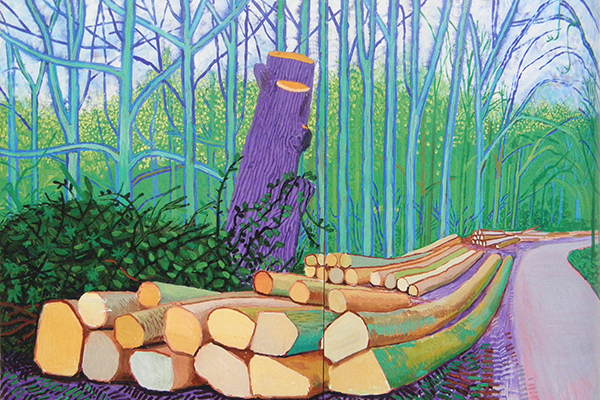Rendere visibile. Imparare dalle scienze e dalle arti
DOI:
https://doi.org/10.15168/xy.v1i2.32Abstract
Negli ultimi decenni nella pratica del disegno di architettura si è ulteriormente esteso l’uso – spesso sconsiderato – di immagini realizzate per evocare ingenuamente l’effetto visuale delle forme. La diffusione capillare di applicativi per la restituzione fotorealistica delle architetture, a ben vedere, ha avuto come risultato quello di promuovere un utilizzo generalizzato di “false fotografie”, piuttosto che di “veri disegni”. Le tecniche figurative che hanno caratterizzato il disegno di architettura fino alla fine del Novecento, nella maggior parte dei casi, sono state sostituite rapidamente dagli esiti di una cultura figurativa ancora immatura. Nonostante il successo di queste immagini, la cui fruizione superficiale può creare false illusioni sulle loro reali capacità di comunicare, forse è il caso – come studiosi della rappresentazione – di avanzare apertamente dei dubbi sulla loro efficacia. Per contro, pur utilizzando tecnologie informatiche del tutto simili, in alcuni campi del sapere in cui è indispensabile che la comunicazione attraverso le immagini avvenga senza rischi di ambiguità – come avviene nel campo della medicina, delle scienze biologiche o della fisica – sono stati esplorati modi di rappresentare fondati sulla necessità di discretizzare gli elementi e di renderli immediatamente evidenti, anche a risoluto discapito della resa delle loro qualità visuali. In un periodo in cui la rappresentazione dell’architettura fatica a ricostruire un proprio statuto figurativo, queste immagini – pur non potendosi porre come modelli immediati – rappresentano un esempio di precisione, nettezza ed efficacia comunicativa, analoga – in alcuni casi rilevanti – agli esiti raggiunti nella pittura contemporanea. Nel riconsiderare oggi gli strumenti del disegno di architettura, appare più che mai essenziale tenere in considerazione l’invito di Klee: «bisogna rendere visibile e non rendere il visibile».
Riferimenti bibliografici
DE RUBERTIS, R., 1994. Il disegno dell’architettura. Roma: La Nuova Italia Scientifica, pp. 260.
GAYFORD, M., 2012. A Bigger Message. Conversazioni con David Hockney. Torino: Einaudi, pp. 248.
GRAVELA, E., 1989. Giulio Bizzozero. Torino: Umberto Allemandi & C, pp. 198.
GURGONE, A., 2004. Quando il computer era in mente Dei. In AA. VV., Ikhnos 2004. Siracusa: Lombardi editori, pp. 185–208.
INGS, S., 2008. Storia naturale dell’occhio. Torino: Einaudi, pp. 320.
KLEE, P., 2004. Confessione creatrice ed altri scritti. Milano: Abscondita, pp. 86.
UGO, V., 1994. Fondamenti della rappresentazione architettonica. Bologna: Esculapio, pp. 239.


